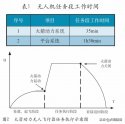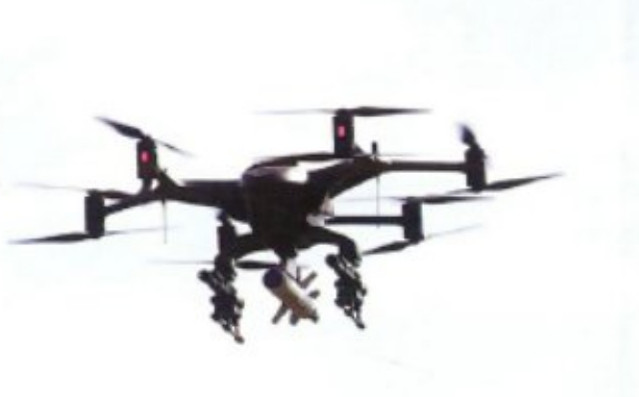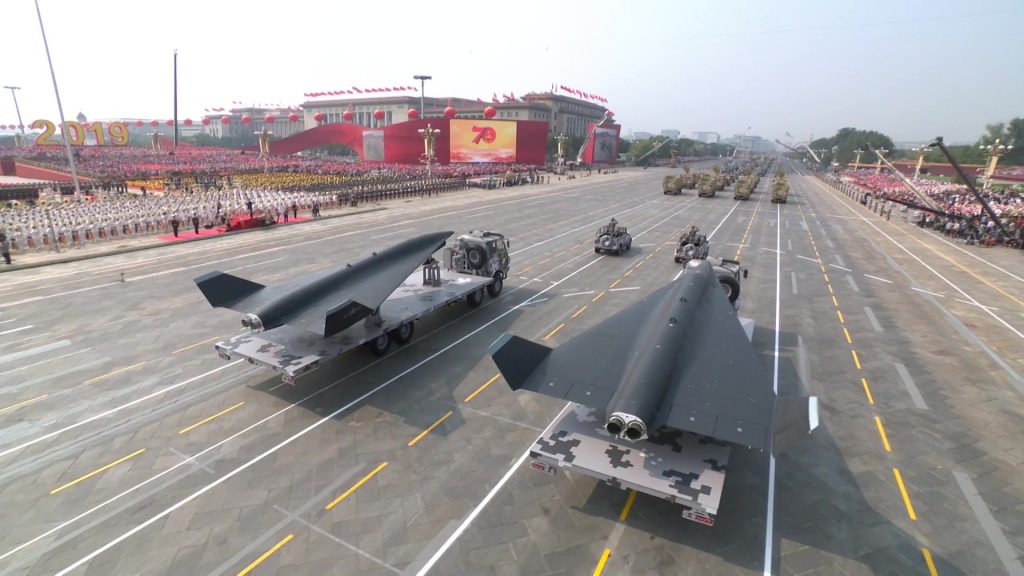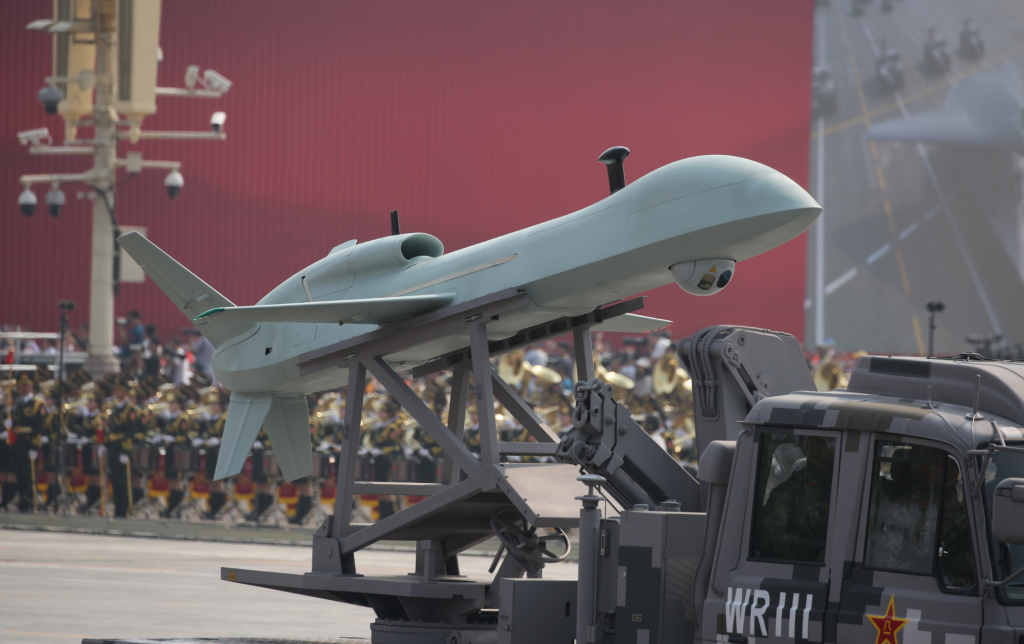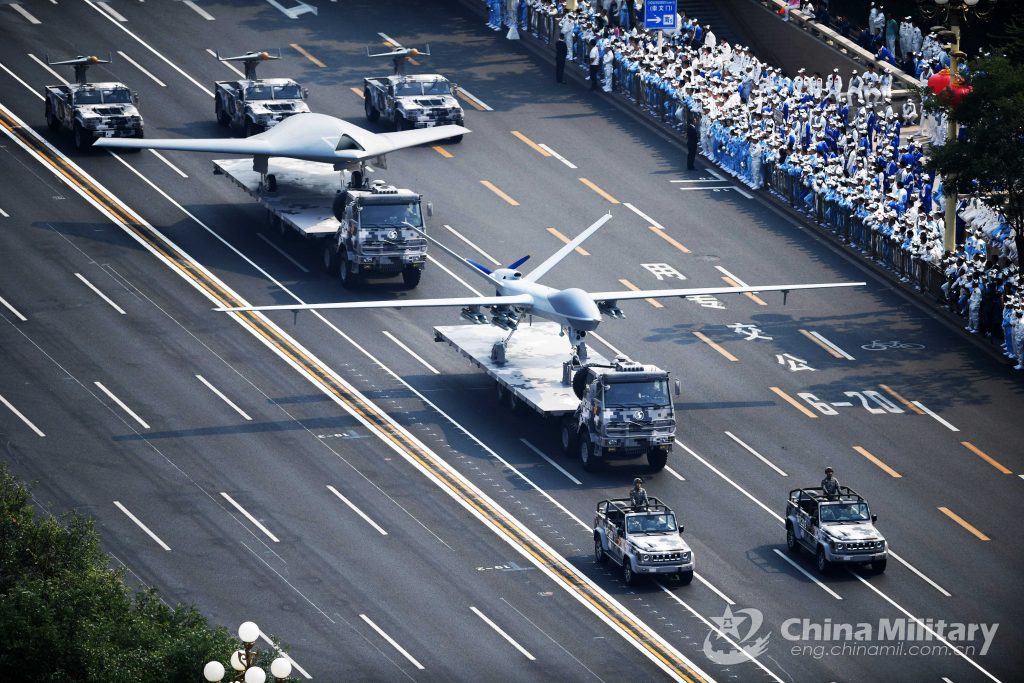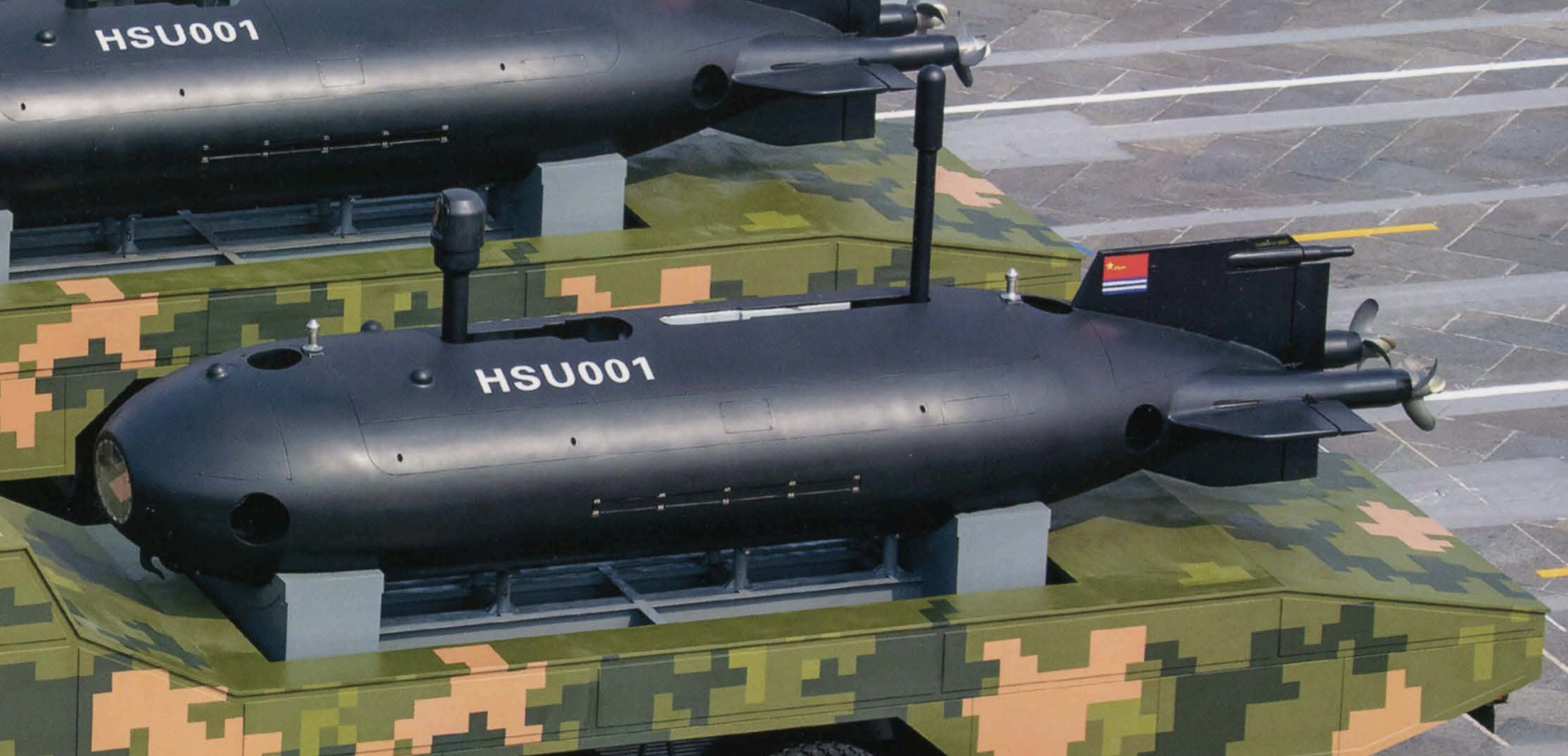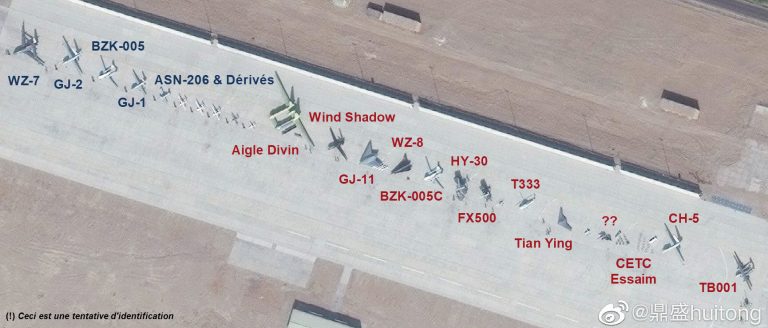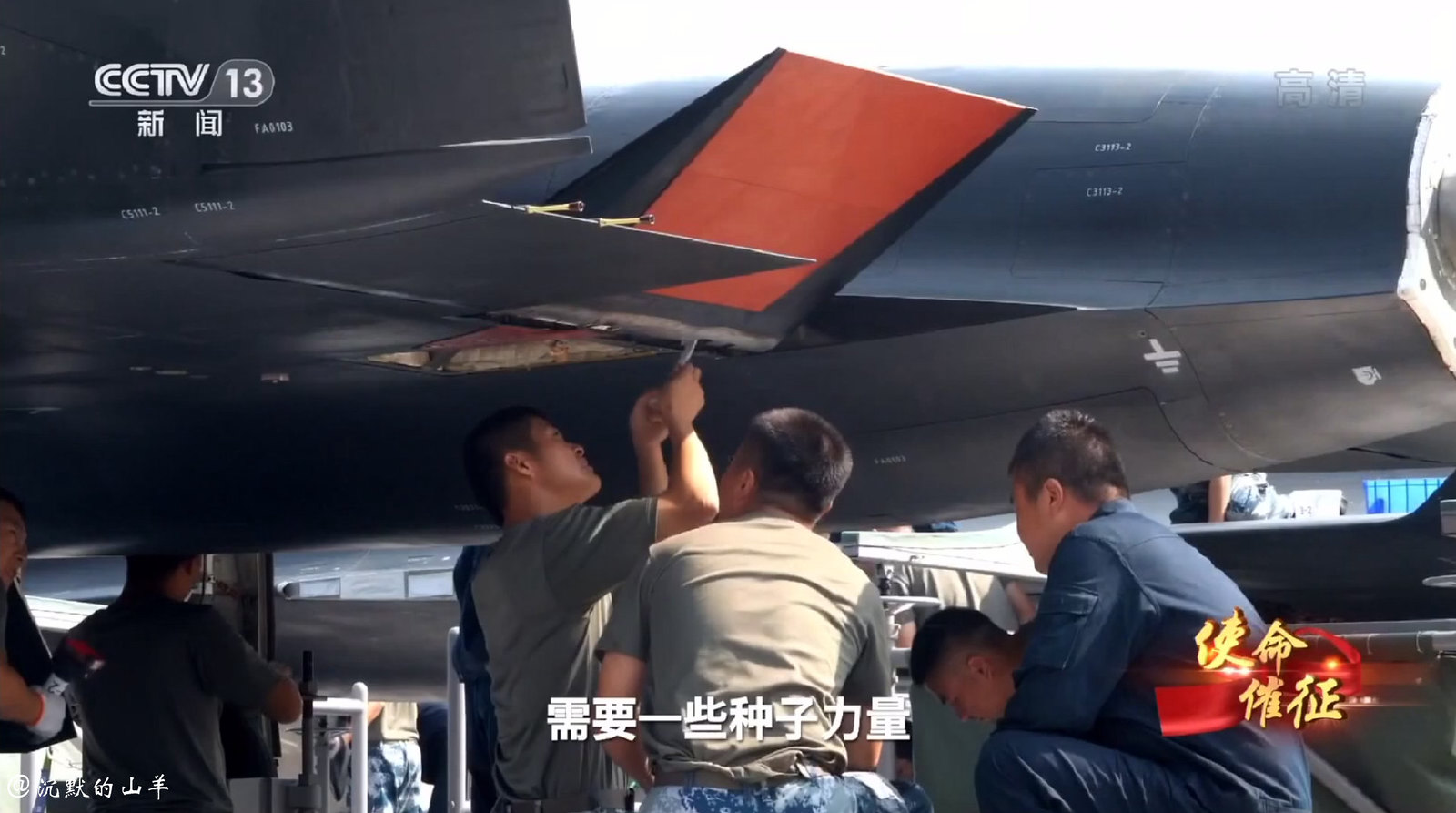Here is a summary of discussion with Akela Freedom:
WZ-8, as the name suggests, it is a reconnaissance drone. As there is no sign of camera window, radar is its primary equipment.
Usually, radar is housed in the nose cone, but WZ-8's is a little bit too small (and too hot during the flight). The belly has little room either with the landing gears in place. Also, it is relatively flat, allowing little angles for wide-range radar scan.

The most likely place to install the radar on WZ-8 is the front top, where the no-step signs are. The curve makes it possible to install a side-looking radar.

The radar is probably SAR. Such a radar requires the plane to fly as straight and level as possible, which is consistent with the mission profile of the WZ-8.

To use the radar, WZ-8 needs to flip upside-down during the high-speed cruise. This actually looks pretty cool.

WZ-8 gets most of its high-speed lift from riding the shockwave, and the downward vertical stabilizers help capture the shockwave, just like SB-70

As a drone, of course, WZ-8, can easily fly upside down. The vertical stabilizers provide normal control in subsonic gliding, and help WZ-8 ride shockwaves at supersonic speed. A brilliant design for both aerodynamics and tasks.
WZ-8, as the name suggests, it is a reconnaissance drone. As there is no sign of camera window, radar is its primary equipment.
Usually, radar is housed in the nose cone, but WZ-8's is a little bit too small (and too hot during the flight). The belly has little room either with the landing gears in place. Also, it is relatively flat, allowing little angles for wide-range radar scan.
The most likely place to install the radar on WZ-8 is the front top, where the no-step signs are. The curve makes it possible to install a side-looking radar.

The radar is probably SAR. Such a radar requires the plane to fly as straight and level as possible, which is consistent with the mission profile of the WZ-8.
To use the radar, WZ-8 needs to flip upside-down during the high-speed cruise. This actually looks pretty cool.

WZ-8 gets most of its high-speed lift from riding the shockwave, and the downward vertical stabilizers help capture the shockwave, just like SB-70

As a drone, of course, WZ-8, can easily fly upside down. The vertical stabilizers provide normal control in subsonic gliding, and help WZ-8 ride shockwaves at supersonic speed. A brilliant design for both aerodynamics and tasks.


